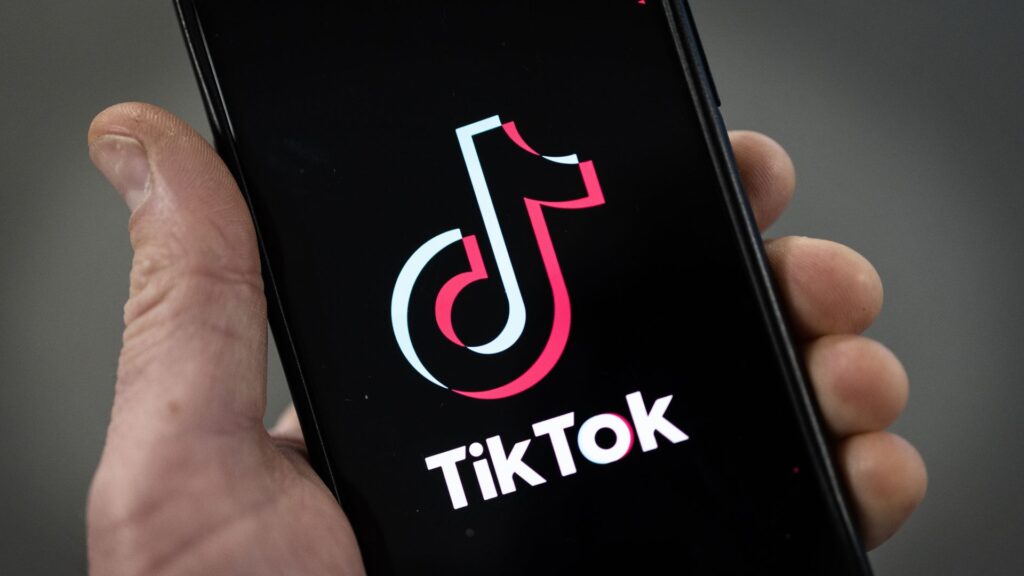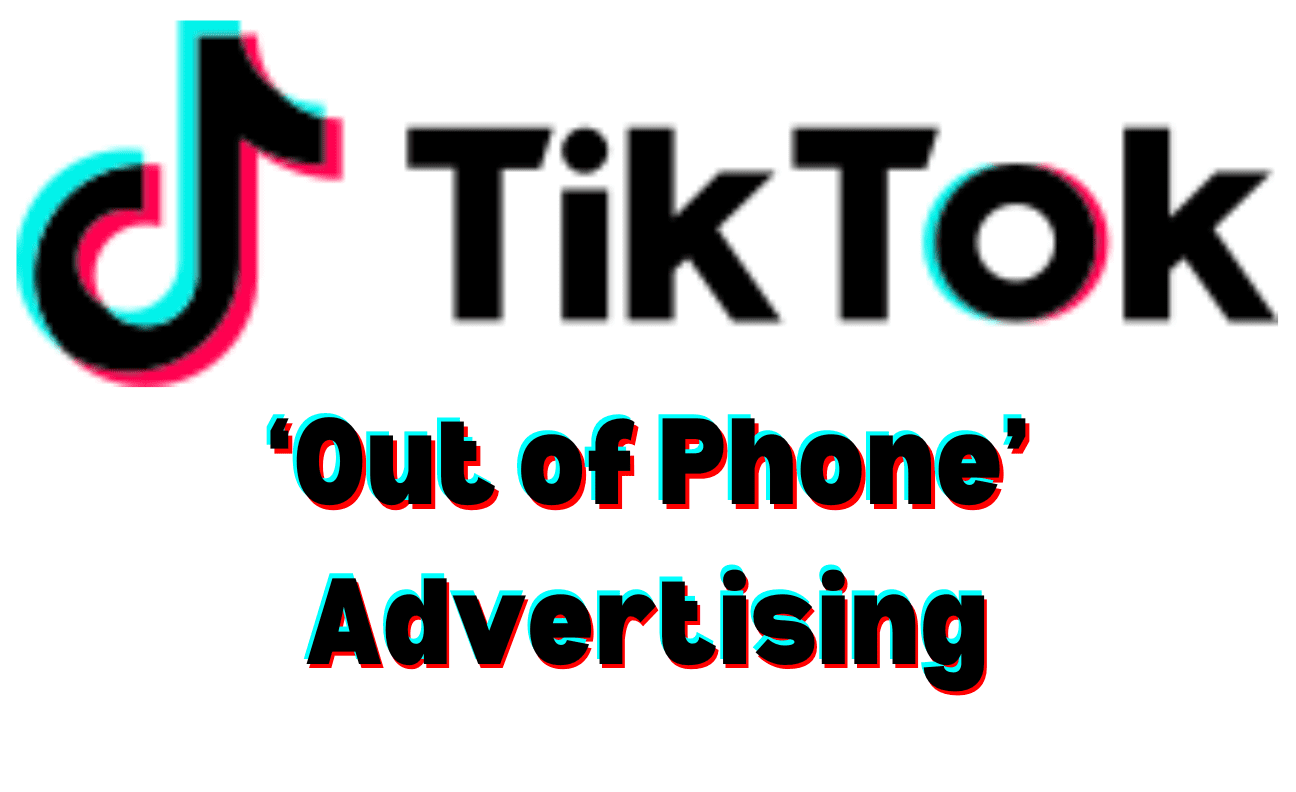Out of Home (OOH) advertising, a cornerstone of traditional marketing, is on the cusp of a digital transformation like never before.
TikTok, the social media juggernaut, has unveiled its groundbreaking ad solution, ‘Out of Phone.’ This innovative concept promises to blur the lines between the digital and physical realms, empowering brands to leverage the immense popularity of TikTok content in OOH placements.
In this feature, we will delve deeper into the impact of this development, as marketers eagerly anticipate the dawn of a new era in advertising.
Out of Phone: The Fusion of Digital and Physical Realms
TikTok’s ‘Out of Phone’ initiative represents a watershed moment in the advertising world.
OOH advertising, traditionally confined to static images and billboards, is evolving into a dynamic, interactive experience.
With ‘Out of Phone,’ brands can seamlessly integrate TikTok content into physical ad spaces, providing an immersive and engaging experience for audiences on the go.

A Marketer’s Dream: Extended Reach and Influencer Potential
The marketing community is abuzz with anticipation over ‘Out of Phone,’ and for good reason. This groundbreaking innovation promises to reshape advertising as we know it.
One agency co-founder enthusiastically predicts that ‘Out of Phone’ will ‘flip the script’ on the future of advertising. But what exactly fuels this excitement?
Extended Reach:
OOH advertising has always been prized for its ability to reach a broad audience in the real world. ‘Out of Phone’ takes this a step further by offering brands the opportunity to extend their reach beyond the confines of the digital sphere.
With eye-catching TikTok content displayed on billboards, bus shelters, and more, brands can engage with communities in the open world, opening up new dimensions of audience interaction.
Influencer Growth: TikTok has become a breeding ground for influencers who capture the hearts of millions. With ‘Out of Phone,’ influencers are no longer confined to screens; they can now adorn larger-than-life billboards, becoming the face of major brands.
This not only enhances their celebrity status but also offers brands a relatable and authentic face to promote their products or services.
User-Generated Content Takes Center Stage
‘Out of Phone’ aligns seamlessly with a broader industry trend—the growing prominence of user-generated content (UGC).
This shift is exemplified by fashion retail giant Zara, which recently incorporated customer images alongside traditional editorial campaigns on their e-commerce pages.
The move highlights the increasing importance of authentic, user-generated content in building brand trust and resonating with today’s discerning consumers.
The Advantages of TikTok’s Idea
The advantages of TikTok’s ‘Out of Phone’ advertising solution are multifaceted and poised to transform the advertising landscape. Firstly, it offers extended reach, breaking the confines of digital screens to engage with audiences in the real world, thereby amplifying brand visibility and impact.
Secondly, ‘Out of Phone’ taps into the immense popularity of TikTok influencers, allowing brands to leverage their relatable personas and connect with consumers on a more personal level.
Additionally, this innovation aligns perfectly with the industry-wide shift towards user-generated content, reinforcing authenticity and trust in brand messaging.
In a nutshell, ‘Out of Phone’ represents a revolutionary leap in advertising, offering marketers the tools they need to create immersive, dynamic campaigns that bridge the gap between the digital and physical realms.
What Are The Potential Disadvantages?
While TikTok’s ‘Out of Phone’ advertising solution brings exciting opportunities to the table, it also carries potential disadvantages that warrant consideration. Firstly, there may be concerns regarding privacy and data security as brands delve deeper into the physical world, raising questions about the collection and use of consumer data in OOH settings.
Secondly, the effectiveness of ‘Out of Phone’ campaigns could be contingent on the audience’s familiarity with TikTok, potentially alienating demographics less engaged with the platform. Moreover, the costs associated with producing engaging TikTok content for OOH placements might be prohibitive for some brands.
Lastly, as ‘Out of Phone’ gains traction, it may lead to an oversaturation of TikTok-style content in the physical space, potentially diluting its novelty and impact. Therefore, while ‘Out of Phone’ holds immense promise, careful consideration of these potential drawbacks is essential for brands seeking to harness its full potential.
Conclusion
A New Era in Advertising Dawns TikTok’s ‘Out of Phone’ is more than just a marketing innovation; it is a revolution in the making. By bridging the digital and physical worlds, it shatters the conventional boundaries of advertising.
Marketers are thrilled by the promise of extended reach and the opportunity for influencers to take centre stage. As ‘Out of Phone’ disrupts the advertising landscape, it heralds a new era of creativity without constraints, where the virtual and real worlds seamlessly merge.
The future of advertising has certainly arrived, and it promises to be incredibly exciting, dynamic, and full of possibilities that were once unimaginable.









